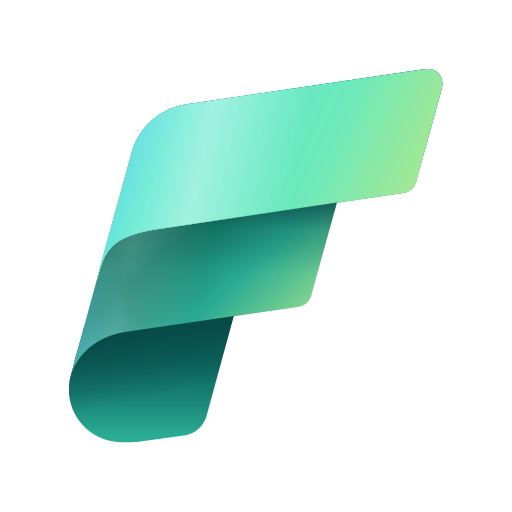
In today’s world of data analytics and machine learning, tools that allow you to create and process code quickly and efficiently are invaluable. One such tool is Notebook in MS Fabric. Are you wondering what exactly it is and what it is used for? Do you want to know its main functions and advantages? In this article you will learn the most important information about it.
What is Notebook in MS Fabric?
Notebook in Microsoft Fabric is an interactive development environment that enables users to write, run, and share code intuitively and efficiently. It is a tool designed for data scientists and data engineers who work on Apache Spark workloads and machine learning experiments. The Notebook integrates advanced visualizations and markdown text, which allows you to create more transparent and understandable analyses.
Advantages of the Notebook in MS Fabric
The use of Notebooks in MS Fabric brings many benefits. Among them we can mention:
- Easy configuration: Getting started with Notebook in MS Fabric does not require complicated configuration. Users can immediately start exploring and processing data.
- Intuitiveness: The Notebook environment is intuitive and low-code, making it accessible even to people who are not advanced programmers.
- Security: Notebooks in MS Fabric are secured with built-in enterprise security features.
- Support for various data formats: Ability to analyze data in various formats (e.g., CSV, txt, JSON, parquet, Delta Lake) using advanced features of the Spark platform.
- Data visualization: Built-in data visualization features make it easy to create clear and understandable reports.
What is Notebook used for in MS Fabric?
Notebook in MS Fabric is widely used in data analysis and data engineering. Below are some of the main uses of this tool.
- Data processing and analysis – The notebook is used by data engineers when creating scripts for acquiring, preparing and transforming data. Thanks to integration with Apache Spark, Notebooks in MS Fabric enable the processing of large data sets in an efficient and scalable manner. Data scientists can also create advanced analytics using integration with various data sources and Spark’s advanced features.
- Creating machine learning experiments and models – Notebook in MS Fabric is also used to create machine learning solutions. Data analysts can create experiments, build and train models, and track their performance. With the ability to export models to various formats (e.g. Jupyter Notebook, HTML, Python), experiment results can be easily shared and deployed.
- Collaboration and sharing – One of the key features of Notebooks in MS Fabric is its collaboration feature. These Notebooks support multiple users editing the same document at the same time. This enables pair programming, remote debugging and real-time sharing of work results. Thanks to the sharing function, notebooks can be easily shared with team members, which significantly increases the efficiency of teamwork.
Creating and managing Notebooks
Creating a new Notebook in MS Fabric is simple and intuitive. This can be done directly from the Fabric homepage or from your workspace. Users can choose between creating a new Notebook or importing an existing one.
Importing existing Notebooks – Notebooks in MS Fabric allow you to import files in standard formats such as Jupyter Notebook (ipynb), Python (.py), Scala (.scala) or SQL (.sql) files. Thanks to this, users can easily transfer their existing projects to the new environment.
Exporting and saving Notebooks – Notebooks can be exported to various formats such as ipynb, HTML, Python (.py), and LaTeX (.tex). What’s more, Notebooks are automatically saved while editing, eliminating the risk of data loss. Users also have the option to manually save their work, which allows for greater control over document versioning.
Lakehouse integration
Notebook in MS Fabric offers close integration with Lakehouse services, including with Lakehouse Data Engineering. This allows you to easily add, view and manage data from various sources. Users can add new or existing Lakehouses directly from the Notebook and explore and process data from these storages efficiently.
Users can perform various file (e.g. CSV, parquet, TXT) and folder operations using the Notebook interface. Notebooks in MS Fabric allow data to be loaded using Spark or Pandas APIs, making it easier to further analyze and process the data.
Real-time collaboration
Notebooks in MS Fabric support multi-user collaboration in real time. Each edit is saved automatically and users can see the profile, cursor and selection of other collaborators. This functionality enables effective collaboration, pair programming and remote debugging.
Commenting the code
Notebooks also allow you to add comments to code cells, which is extremely useful in collaborative scenarios. Users can add, edit and delete comments, as well as tag other people in the discussion. Commenting on code allows for better team communication and faster problem solving.
Benefits of using Notebook in MS Fabric in your company
Notebook in MS Fabric is a powerful tool for analysts and data engineers, offering advanced processing, analysis and collaboration functions. Its intuitiveness, security, and integration with various data formats and Lakehouse services make it an ideal solution for teams working on data analytics and machine learning projects. Thanks to the possibility of real-time collaboration and advanced commenting functions, Notebooks in MS Fabric significantly increase the efficiency of teamwork and contribute to faster achievement of project goals.
Do you want to learn how Notebooks in MS Fabric can improve work in your company? Contact us! Our experts will be happy to answer all your questions and help you fully use the potential of tools such as Microsoft Fabric and Power BI.





